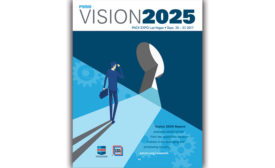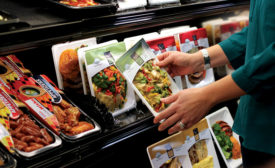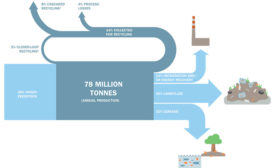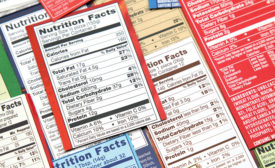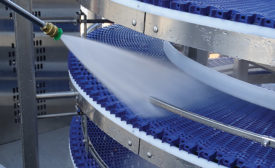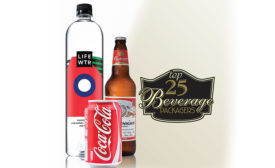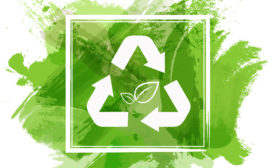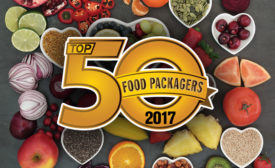Home » consumer packaged goods
Articles Tagged with ''consumer packaged goods''
Cover Story
This report is an excerpt from the 2018 Packaging Outlook Report, featured in Packaging Strategies NEWS.
Read More
Package theft and the holidays
2017 package theft report from Shorr Packaging
October 18, 2017
Cover Story: Food & Beverage Packaging
On-the-go gourmet packages shine
Packaging plays a big role in how we eat, and when.
October 4, 2017
Materials Technology: Plastic Packaging
Addressing the plastic recycling issue
What innovators can do to help fix the plastics system.
September 19, 2017
Thought Leader Insights Column
What does the FDA new nutrition facts label mean to the industry?
September 14, 2017
Machinery Technology: Conveyors
Choosing a new conveyor
Determining the best system for operational efficiency.
September 13, 2017
Cover Story
The 2017 top 25 beverage packaging companies
The many choices and varieties in each segment leave consumers satisfied.
August 17, 2017
Cover Story: Top 50 Food Companies
Top 50 food packaging companies of 2017
Big changes in nutrition facts and consumer eating habits can mean big sales numbers for CPGs.
July 31, 2017
PACK EXPO Las Vegas
Stretching the limits of flexible packaging
Find solutions that support convenience, supply chain efficiency and preservative-free products at PACK EXPO Las Vegas
July 26, 2017

